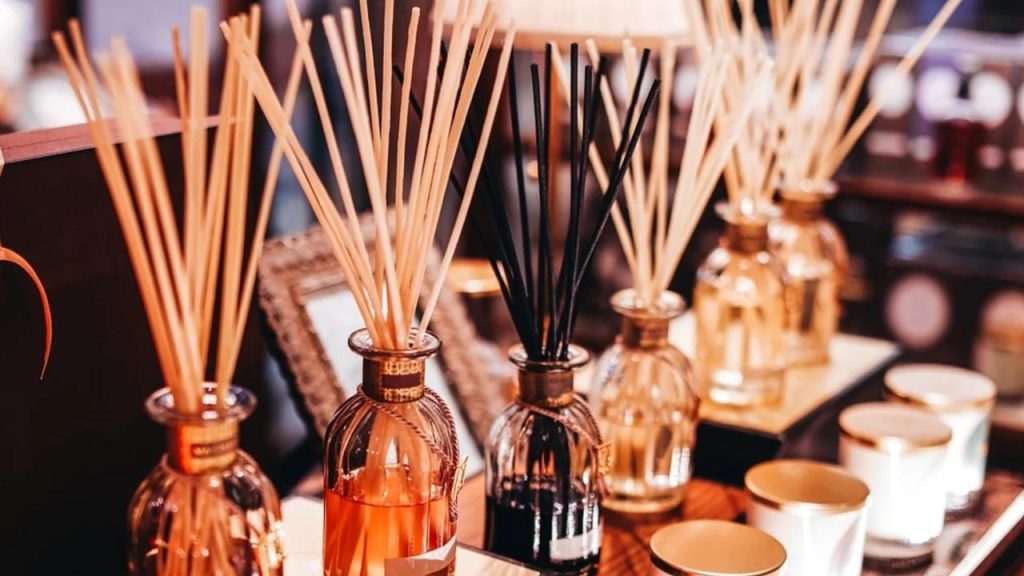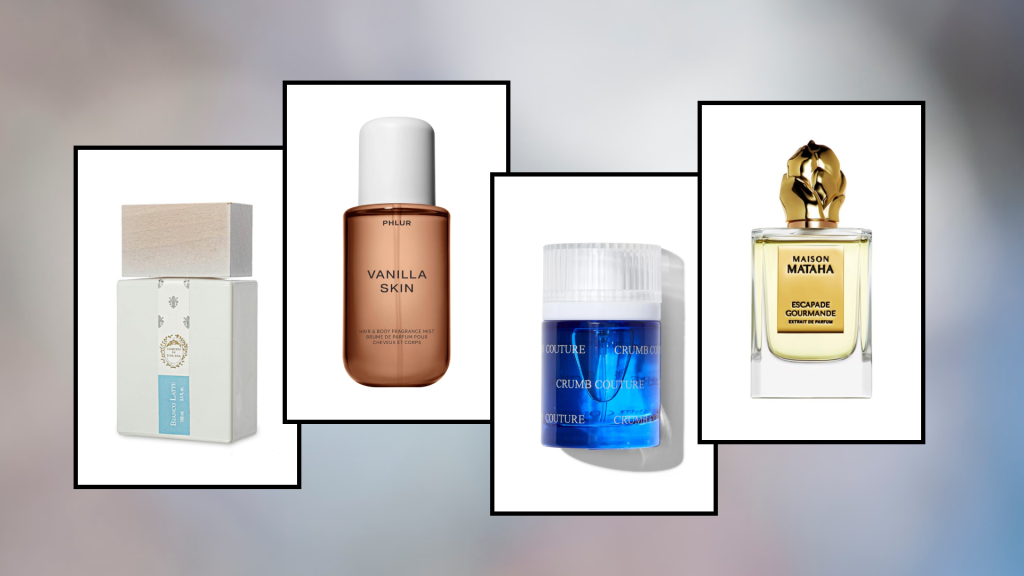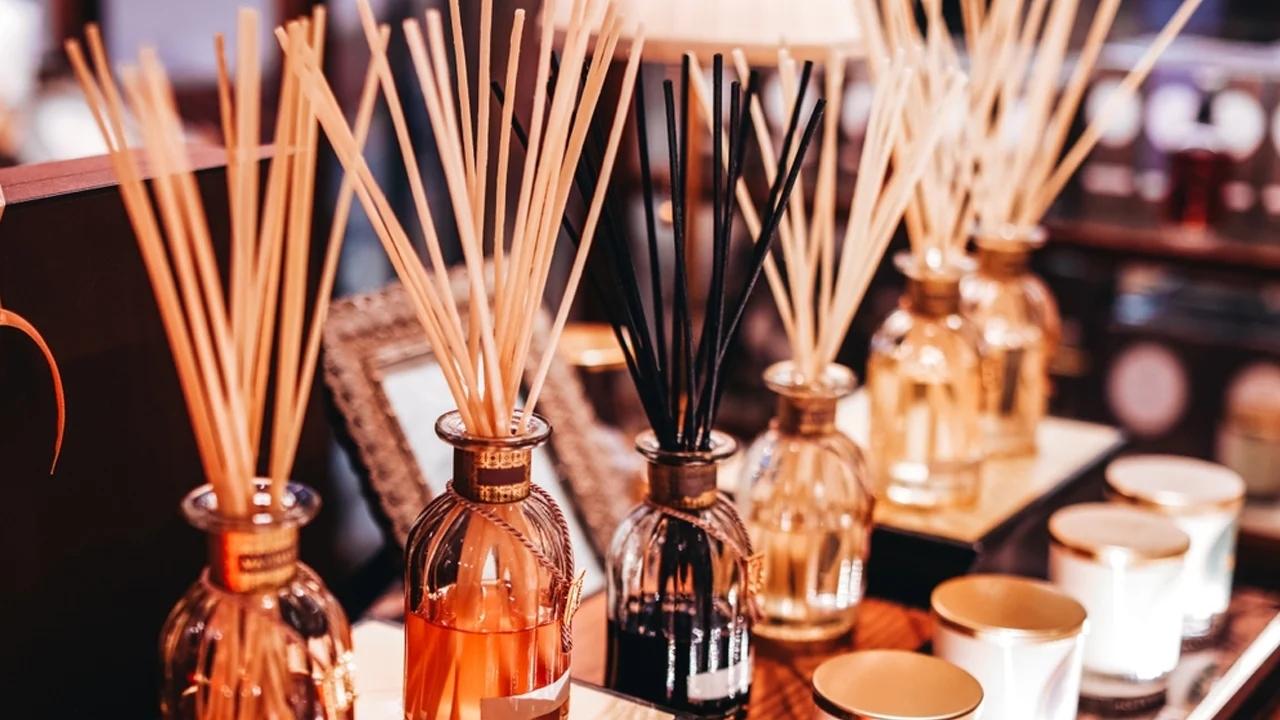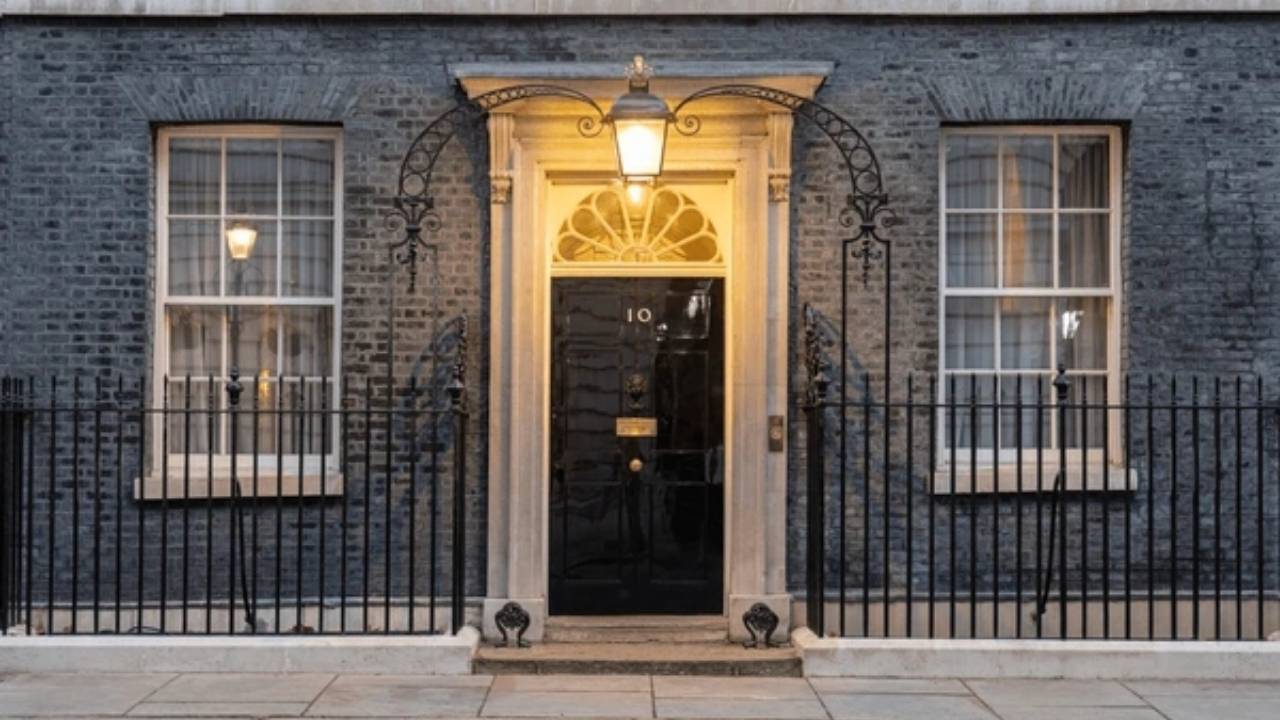LONDON – From high-street chemists to luxury department stores, British shoppers are increasingly enveloped in a haze of vanilla, coffee, and pistachio. The surge in popularity of food-scented fragrances, often called ‘gourmand’ scents, represents a significant shift in the UK’s £1.5 billion perfume industry, driven by a blend of economic pressures, psychological needs, and social media influence.

This trend has moved beyond simple sugary notes, with sophisticated blends capturing everything from freshly baked bread to spiced chai, transforming the fragrance counters and influencing purchasing decisions nationwide.
UK Shoppers Are Surrounded by Food-Scented Fragrances
| Key Fact | Detail / Statistic |
| Market Growth | The gourmand category saw a 15% rise in sales in the past year, outpacing traditional floral and fresh scents. Circana |
| Primary Driver | Consumers are seeking “affordable luxury” and the emotional comfort that familiar food scents provide. |
| Social Media Impact | Viral trends on platforms like TikTok under hashtags such as #PerfumeTok have driven millions of sales for specific scents. |
| Dominant Note | Vanilla-based fragrances continue to account for over 60% of gourmand scent sales in the UK. |
What’s Driving the Demand for Food-Scented Fragrances?
Industry experts point to a convergence of factors fuelling the appetite for these edible-inspired aromas. The trend is not merely about smelling sweet, but about fulfilling deeper psychological and economic needs in a challenging contemporary landscape.
Economic Comfort in a Bottle
In a climate of high inflation and economic uncertainty, consumers often seek small, justifiable indulgences. This phenomenon, known as the “lipstick effect,” has extended to fragrances. A £60 bottle of perfume offers a more accessible entry point into luxury than a designer handbag or holiday.
“Fragrance provides an emotional escape and a sense of personal luxury that feels attainable,” said Dr. Elena Carter, a consumer behaviour analyst at the London School of Economics. “When larger expenditures are out of reach, a new scent can provide a powerful psychological boost. Food-based scents, in particular, tap into a feeling of abundance and reward.”
The Psychology of Scent and Nostalgia
The connection between smell and memory is a powerful motivator. The olfactory bulb, which processes smells, is directly linked to the brain’s limbic system, the seat of emotion and memory. Gourmand perfumes leverage this by evoking comforting, often nostalgic, associations with childhood, home, and happiness.
A 2024 study published in the Journal of Sensory Studies found that scents like vanilla and baked goods can measurably reduce stress levels. “These are not just perfumes; they are mood enhancers,” the study concluded. They offer a form of olfactory comfort-seeking, wrapping the wearer in a familiar and reassuring aroma.
The TikTok Effect on Consumer Trends
The influence of social media, particularly TikTok, cannot be overstated. The platform’s #PerfumeTok community, with billions of views, has become a major force in the UK fragrance market. Influencers and everyday users share reviews, creating viral sensations overnight and driving customers to stores in search of specific scents.

This digital word-of-mouth has been crucial for brands like Sol de Janeiro, whose pistachio and caramel-scented body mists became a viral hit, and Kayali, with its popular Vanilla 28 fragrance. The visual and descriptive nature of video content effectively communicates the appeal of these scents to a global audience.
From Niche to Mainstream: How the Industry is Responding
This surge in demand has prompted a significant reaction from the fragrance industry. Once a niche category, gourmand perfumes are now a commercial pillar for both mass-market and luxury brands.
High-end houses like Tom Ford and Kilian Paris have launched sophisticated gourmand compositions featuring notes like bitter coffee (Café Rose) and brandied cherry (Lost Cherry). Meanwhile, high-street retailers such as Zara and Marks & Spencer have developed their own popular and affordable versions, making the trend accessible to all budgets.
“The creative challenge has shifted,” explained James Wilson, a senior perfumer at a UK-based fragrance house. “We’re moving beyond simple sweetness. The modern gourmand scent is about balance—it might pair a sweet note like pear with a spicy one like cardamom, or a creamy almond with an earthy wood. It’s about creating an evocative experience that is both comforting and sophisticated.”
Looking ahead, industry analysts predict the trend will continue to evolve. While the core appeal of comforting scents like vanilla is unlikely to fade, experts anticipate a rise in more experimental and savoury food notes, including herbs, spices, and even vegetable-inspired accords.
As one report from market intelligence agency Mintel noted, “The gourmand trend is not just a fleeting moment but a fundamental shift in how consumers relate to fragrance—as a source of comfort, identity, and personal joy.” The enduring appeal of these edible aromas suggests that for the foreseeable future, UK shoppers will continue to vote with their noses.
UK Retirement Age Set to Rise in 2026; Were You Born in These Years?
7 Million People in UK Just Got Bad News About Their Retirement; Here’s What Happened
FAQs
1. What are gourmand fragrances?
Gourmand fragrances are perfumes that consist primarily of notes inspired by edible things, or “gourmand” notes. These can range from sweet scents like vanilla, chocolate, and caramel to fruity notes like cherry and peach, as well as spicier or more complex aromas like coffee, nutmeg, and even boozy accords like rum or cognac.
2. Why are food-like scents so popular right now?
Their popularity is driven by a combination of factors. Psychologically, these scents evoke feelings of comfort, nostalgia, and happiness. Economically, they represent an “affordable luxury” during times of financial uncertainty. Furthermore, social media trends, particularly on TikTok, have massively amplified their visibility and desirability.
3. Are these scents only for younger consumers?
While the trend has seen significant traction among younger demographics due to social media, its appeal is broad. Brands are creating increasingly sophisticated and complex gourmand scents that appeal to a mature palate, blending sweet notes with woody, spicy, or floral elements to create refined fragrances for all age groups.





